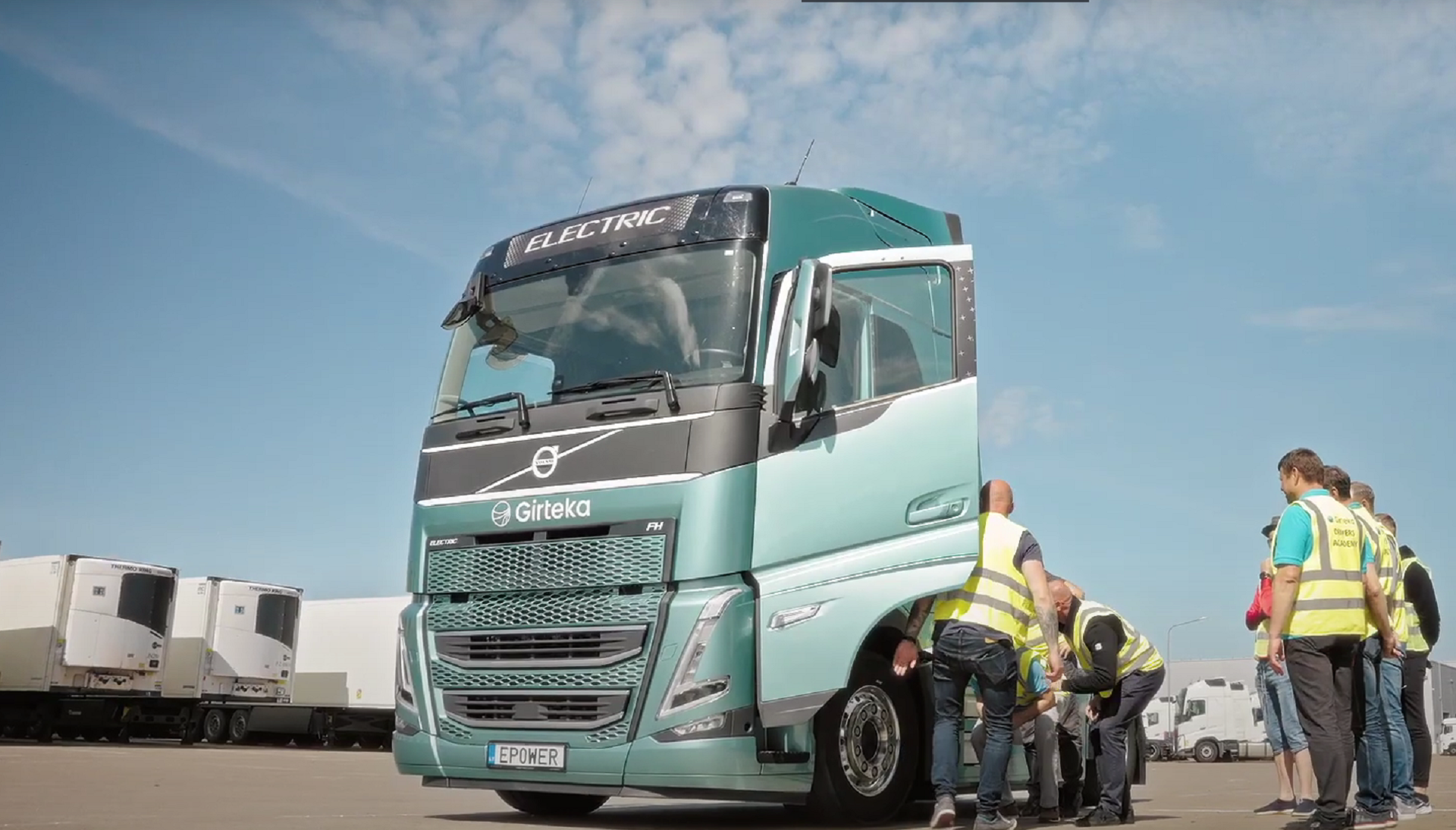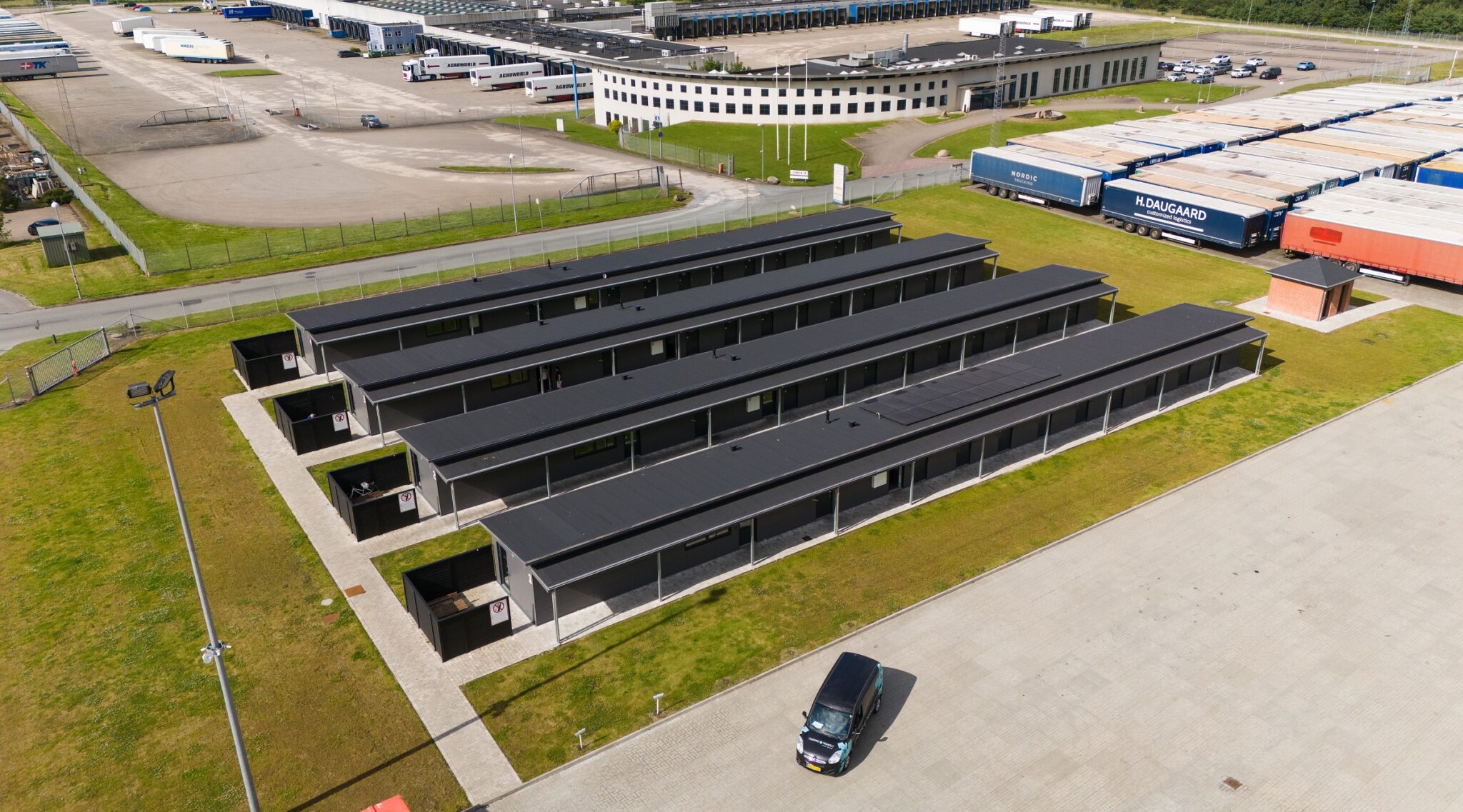Empower Europe’s truckers by cutting red tape, says Martin Vohánka, CEO of Eurowag.
The European commercial road transport industry is more than just a cog in the wheel of the continent’s economy — it is the very engine that drives it. In 2022, road transport accounted for over three-quarters of the total inland freight transport in the European Union, making trucking enterprises indispensable to the functioning of our economies. From delivering raw materials to factories to bringing finished products to consumers, truck drivers are at the forefront of maintaining the flow of goods across borders, ensuring that Europe remains competitive on the global stage.
But this vital sector is facing a significant threat: the growing burden of bureaucratic red tape, and a subsequent extreme lack of drivers.
As the CEO of Eurowag, a company deeply embedded in European road transportation, I see firsthand how these regulatory hurdles are stifling our industry. If we are to strengthen Europe’s economy, we must address these challenges head-on by cutting through the red tape entangling our drivers.
Truck drivers are the lifeblood of Europe’s supply chain, ensuring that goods move seamlessly across borders from Lisbon to Warsaw, and from Dublin to Athens. This industry is not just critical for transporting goods; it is integral to the economic stability and job security of millions across the continent. The European Union (EU) has long championed the free movement of goods, vital to fulfil human needs. However, the reality on the ground is telling a different story.
In recent years, the regulatory landscape for truck drivers has become increasingly complex, particularly post-Brexit which introduced new rules for UK-EU operations. What was once a straightforward process is now fraught with paperwork, delays, and uncertainty, threatening supply chain efficiency and Europe’s economic health. Red tape has Europe’s truck drivers in a chokehold, with a multitude of documents required for cross-border travel. Customs declarations and health certificates, creating a bureaucratic nightmare. Drivers must navigate complex regulations that vary between countries and even within regions, leading to confusion, delays, and higher costs, which are ultimately passed on to consumers.
The EU Mobility Package, while well-intentioned in its aim to improve working conditions for drivers, adds yet another layer of administration. These regulations mandate specific rest periods, return-home obligations, and even stipulate where drivers can spend their mandatory rest breaks. While ensuring the welfare of drivers is essential, the rigidity of these rules often leads to inefficiencies, forcing drivers to take unnecessary detours or delay deliveries, which in turn disrupts the entire supply chain.
The situation is further exacerbated by the ongoing negotiations between UK Prime Minister Keir Starmer and the EU, as both sides attempt to find a pragmatic solution to post-Brexit trade issues. These talks underline the urgent need to streamline regulations and create a more conducive environment for cross-border trucking.
These challenges are very likely to disrupt the EU’s vital flow of freight movement if they continue at the current rate. In recent years, the UK road haulage industry alone has grappled with a significant shortage of truck drivers. The crisis peaked in 2021, when the Road Haulage Association reported a staggering shortfall of over 100,000 qualified drivers. This hasn’t improved hugely in recent years, either, with the shortage in 2024 still estimated to be between 35,000 and 45,000.

The harsh truth is, unless something is done, goods will ultimately stop moving and the economy will slow to a standstill. By 2028, the IRU also predicts that there could be over 745,000 truck driver positions unfulfilled in Europe – an alarming number when you consider the sheer volume of freight that needs to be transported from one area to another day in, day out. These vacancies were previously filled by CEE drivers, and more recently by Ukraine and Belarus. But even these sources have dried up in recent years.
The industry is already on its knees, and with drivers getting older, there aren’t enough fresh faces pursuing a career in freight transport to replace them. The average age of truck drivers in Europe is 47, with 33% over the age of 55 and only 5% under 25, according to a recent report by the International Road Transport Union (IRU). But, as industry leaders we must ask ourselves, why would anyone want a job in haulage? And how can we make it more attractive to the next generation?
At the end of the day, if truck drivers wanted to spend all day tangled in admin and paperwork – they would get office jobs. But, achieving this requires collaboration between industry stakeholders, policymakers, and regulatory bodies across Europe. One immediate improvement would be the alignment of regulations across the EU, creating a unified regulatory framework to eliminate differences between countries and regions. This would simplify processes for drivers, enabling them to focus on their primary task — delivering goods.
Digital tools can also play a pivotal role in reducing the administrative burden on drivers and logistics companies, and make the job more appealing to anew generation. For example, the implementation of e-CMR across all EU member states could significantly cut down on the paperwork required for cross-border transport.
Importantly, embracing digitalisation not only improves efficiency but also fosters a greater adaptability in the face of evolving regulatory standards and market demands, ensuring that industry systems remain competitive and resilient in an increasingly interconnected world.By reducing regulatory burdens, we can unlock the full potential of Europe’s trucking industry. This will not only benefit those industry itself but also the millions of consumers and businesses that rely on the timely delivery of goods. The time has come to recognise the vital role that Europe’s truck drivers play in our economy and to take decisive action to empower them.
similar news





